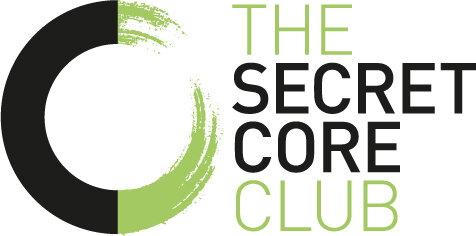
Breathe to…
Strengthen your core.
Power your posture.
Calm your mind.
Find a new fitness.
About Hypopressive Fitness.
Hypopressive Fitness (also known as Low Pressure Fitness) is a unique way of breathing, teamed with a set of specific postures. The postures are designed to open your chest, stand you taller, teach you to fully breathe and strengthen your muscular system. These exercises will physically protect you in all that you do in life; whether that be sitting at a desk, doing housework or running marathons.
This method has an enormous amount to offer everyone; young and old, male and female, athletes and new mums alike.
Simple.
Hypopressive Fitness requires no equipment, very little space and can be practised anywhere. The Hypopressive Flow is a sequence of postures that can be adapted for most fitness levels and tailored to suit your lifestyle. The full flow can also be reduced into shorter sections to fit into your busy day. You will soon feel confident enough to do them whilst watching TV, waiting for the kettle to boil, getting some fresh air outside or anywhere that works for you. There is a way to bring Hypopressive Fitness to everyone.
Results.
Hypopressive Fitness is a low pressure and highly effective way of bringing about improvements in the following areas:
Reducing waist size and flattening the abdominal wall
Toning deep abdominal and pelvic floor muscles
Prevention and treatment of incontinence, prolapse and hernias
Increasing explosive strength and anaerobic capacity
Raising metabolism
Improving sexual function and sensation
Improving posture (especially posterior chain)
Activating the sympathetic nervous system – switching off your fight or flight stress response and allowing the rest and relaxation response necessary for good general health to take over
Improving digestive health
Injecting a calm and positivity into your day
What happens?
An apnea (meaning no breath, also referred to as rib opening or a vacuum breath) is performed after full exhalation. During the apnea breath we use the power of the diaphragm to reduce pressure, lengthen the abdominal muscles, massage our abdominal organs, increase blood flow and much more. All without putting adverse pressure anywhere else in the system. It is this pressure during traditional core exercises that can over time, worsen areas of existing weakness in the body such as spine, bladder, pelvic floor and abdominal wall, as the pressure will always head to a point of weakness.
It’s important to make the distinction between the poses and the apnea/rib opening. The apnea is one element of Hypopressives. Hypopressives can be done with or without the apnea.
The origins.
The Hypopressive breathing method was developed in Belgium in the 1980’s by Marcel Caufriez and was originally used for post natal women with pelvic floor dysfunction and prolapse. However, this way of vacuum breathing also has its roots in the Yoga Bandha (lock) breath which has been practised for hundred of years. The benefits of Yoga Bandha closely echo the benefits seen from Hypopressive breathing, and include increased circulation to vital organs and the alleviation of stress and mental restlessness bringing about inner balance.
In 2006 Dr. Tamara Rial and Piti Pinsach, Hypopressive researchers and co-creators of Low Pressure Fitness LPF, began teaching Hypopressive fitness in Spain, based on their research findings. In 2014, they created Low Pressure Fitness (LPF), a full body exercise program integrating the apnea or rib opening, with a series of postural yoga-like poses.
Hypopressive Fitness is quickly being recognised as having an important role in body-mind wellness and as an effective aid in postnatal recovery. It is exciting to see the launch of the International Hypopressive Council (IHC) which is a non-profit association in which training organisations from 19 countries have joined together to research, develop and promote Hypopressive Fitness and to train and educate health, exercise and sport professionals in the various applications of this method around the world.



